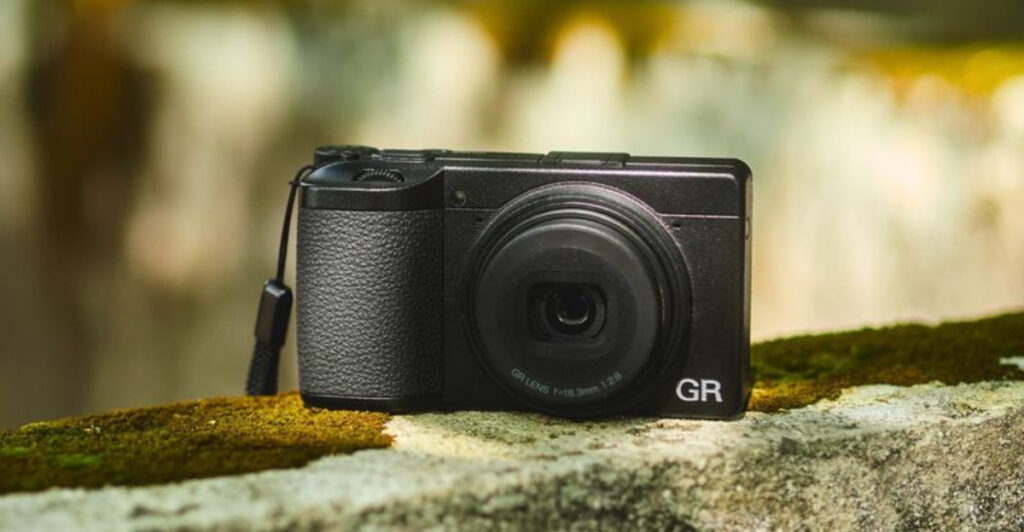Compact cameras have made a serious comeback, offering photographers a perfect blend of portability and performance without the bulk of larger systems. Whether you’re a street photographer, travel enthusiast, or content creator, today’s compact cameras pack impressive technology into pocket-friendly designs. From premium fixed-lens models to budget-friendly options, these brands are leading the charge in 2025 with innovations that prove you don’t need a massive camera to capture stunning images.
Fujifilm
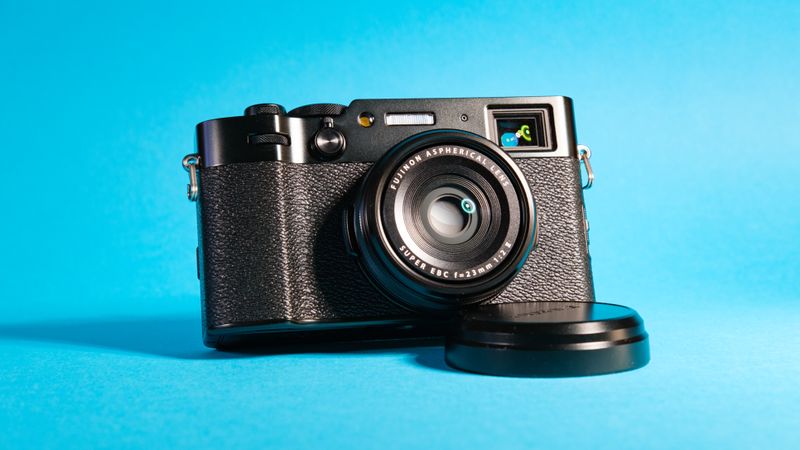
Fujifilm has captured the hearts of photographers worldwide with its X100 series, particularly the X100VI that dropped in 2025. This 40.2-megapixel powerhouse combines vintage aesthetics with cutting-edge technology, featuring in-body stabilization and a sharp 23mm lens.
What makes Fujifilm special is its legendary color science—those film simulations produce images straight out of camera that look like they’ve been professionally edited. The fixed-lens design means less fiddling and more shooting, perfect for everyday adventures.
Photographers love how these cameras feel premium yet remain portable enough to carry everywhere without thinking twice.
Leica
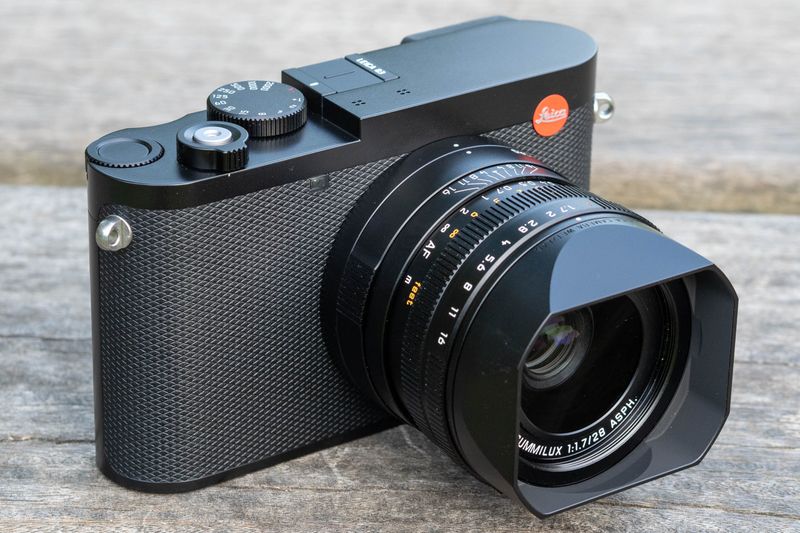
When money isn’t an issue and you want absolute perfection, Leica delivers with models like the Q3. This German manufacturer has built its reputation on uncompromising quality, cramming a 60.3-megapixel full-frame sensor into a surprisingly compact body with a brilliant 28mm f/1.7 lens.
The build quality feels like a piece of precision engineering—because it is. Every dial clicks with satisfying precision, and the images display a character that’s hard to describe but impossible to ignore.
Sure, the price tag makes your wallet cry, but serious photographers consider Leica compacts lifetime investments rather than simple purchases.
Sony
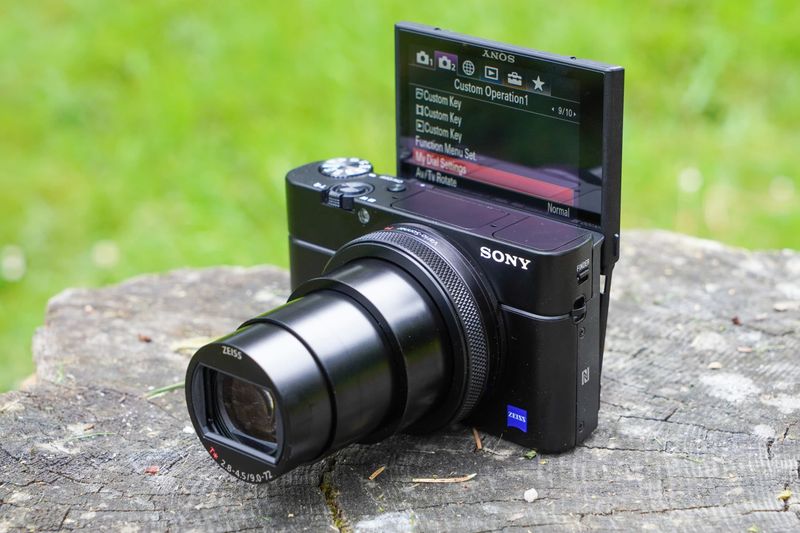
Sony’s RX100 series has dominated the premium compact space for years, and 2025 is no different. These pocket rockets pack incredible technology—think high-quality sensors, impressive zoom capabilities, and stabilization that actually works—into bodies small enough to slip into your jacket.
The ZV-1 II specifically targets vloggers and content creators with features designed for video work, including excellent autofocus that tracks faces like magic. Sony understands that modern photographers need versatility without compromise.
Whether you’re shooting landscapes, portraits, or YouTube content, Sony compacts deliver professional results without requiring a photography degree to operate them effectively.
Ricoh
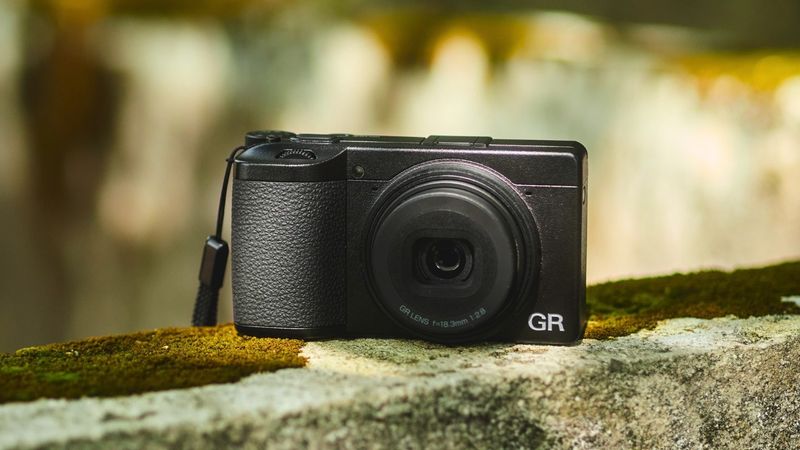
Street photographers absolutely swear by Ricoh’s GR series, and the GR IV continues that tradition with a 24-megapixel APS-C sensor squeezed into an incredibly small package. The fixed 28mm lens might seem limiting at first, but it forces you to think creatively and move your feet.
This camera disappears in your pocket yet produces images that rival much larger systems. Its minimalist design means fewer buttons and menus to navigate, letting you focus on capturing moments rather than adjusting settings.
Ricoh has perfected the art of making cameras that feel like extensions of your vision rather than complicated gadgets.
Panasonic
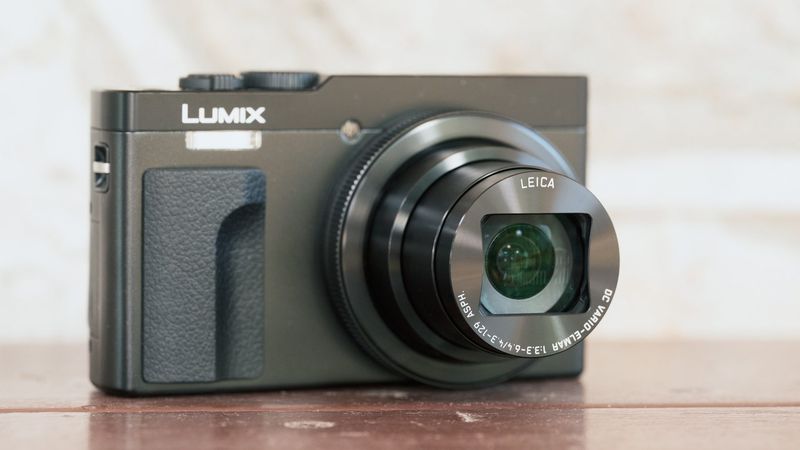
Panasonic’s Lumix compact range offers something many competitors don’t: serious zoom capabilities in genuinely portable bodies. Models like the ZS99 pack 30x optical zoom, meaning you can photograph distant subjects without lugging around telephoto lenses that weigh more than small pets.
The controls feel intuitive, with thoughtful placement that makes sense even for beginners. Panasonic understands that travel photographers need versatility—one moment you’re shooting wide landscapes, the next you’re zooming in on architectural details across the plaza.
These cameras handle diverse situations gracefully, making them reliable companions for adventures where packing light matters as much as image quality.
Canon
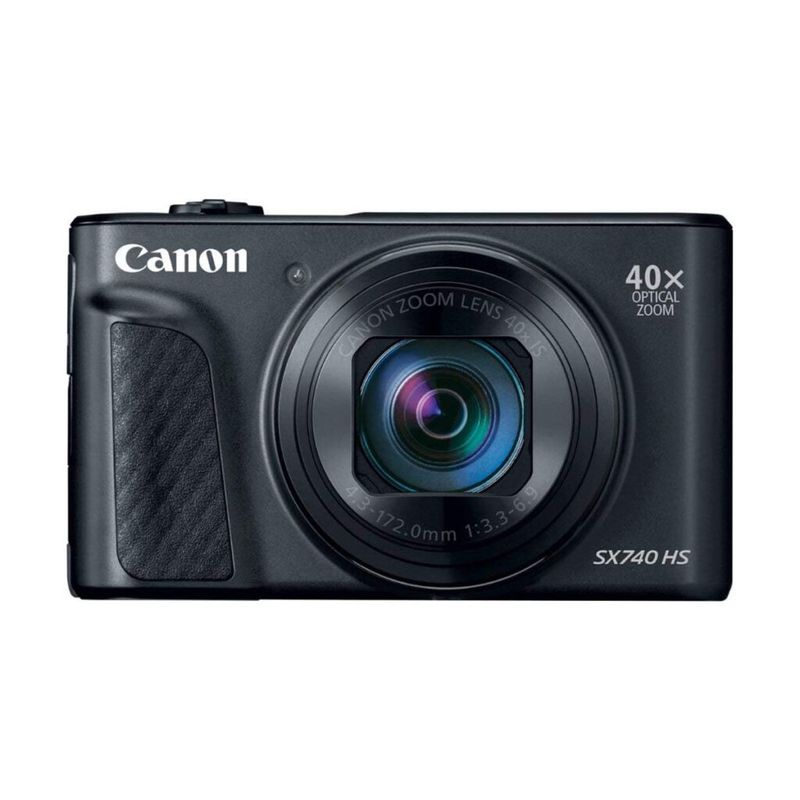
Canon remains a household name for good reason—their compact cameras like the PowerShot SX740 HS deliver reliable performance without breaking the bank. With 20.3 megapixels and 40x optical zoom, these cameras handle everything from family gatherings to wildlife spotting with surprising competence.
What Canon does brilliantly is making technology accessible. Their menus make sense, automatic modes actually work well, and you can find these cameras at retailers everywhere, which means easy replacements or accessories.
For photographers who want dependable results without learning complicated systems, Canon compacts represent smart choices that won’t disappoint when memories matter most.
Kodak
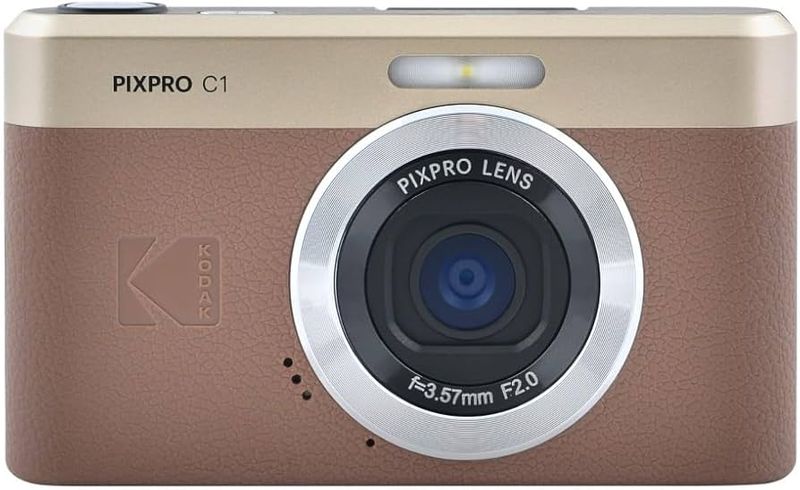
Not everyone needs professional features or wants to spend serious money on a camera. Kodak fills that budget-friendly niche perfectly with models like the PIXPRO C1, offering 13 megapixels and a wide 26mm lens for under a hundred bucks.
These cameras won’t win technical awards, but they accomplish something equally important: making photography accessible to everyone. Kids learning photography, backup cameras for trips, or simple everyday snapshots—Kodak compacts handle these tasks without fuss.
Sometimes simplicity wins over complexity, and Kodak proves that decent photography doesn’t require massive investments or complicated learning curves to produce memories worth keeping.
Olympus/OM System
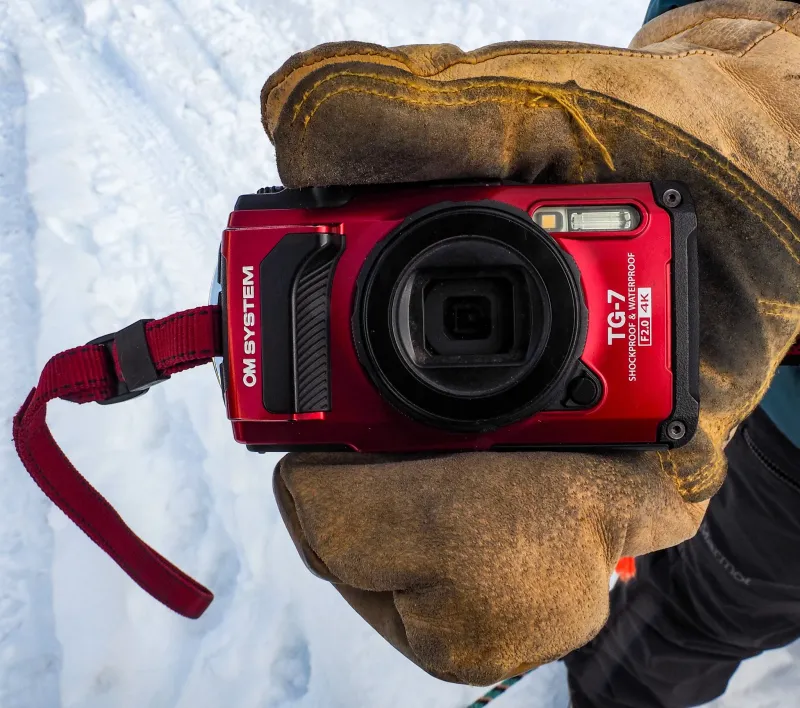
Adventure photographers face unique challenges—water, dust, drops, and extreme temperatures that would destroy normal cameras. Olympus (now OM System) built their Tough series specifically for these brutal conditions, creating compacts that laugh at environments that would terrify other equipment.
These cameras can survive underwater adventures, mountain hikes, beach days, and construction sites without protective cases. The image quality won’t match premium models, but that’s missing the point entirely—these cameras go places others simply can’t.
Families with young kids, outdoor enthusiasts, and travelers visiting challenging environments find these rugged compacts invaluable for capturing moments without constant worry about damage.
Pentax
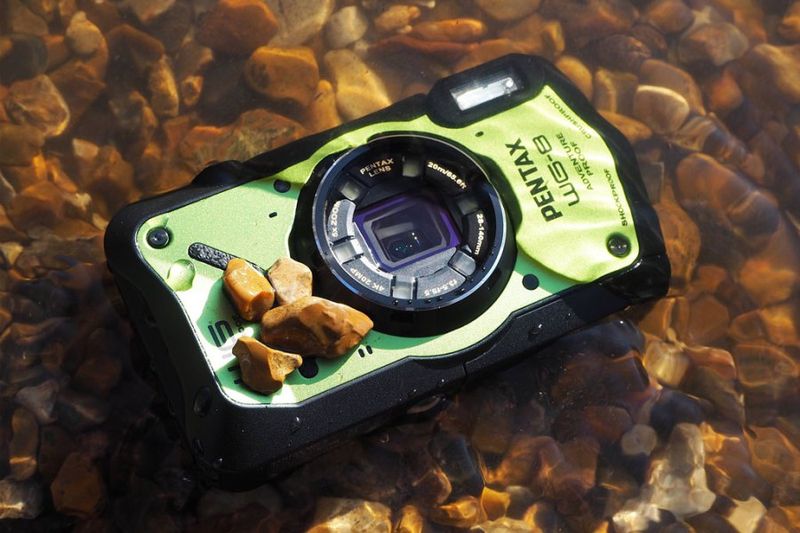
Pentax occupies an interesting space in the camera world—not as mainstream as Canon or Sony, but beloved by photographers who appreciate unique features and solid construction. Their compact offerings emphasize durability and distinctive character that stands apart from mass-market competitors.
These cameras appeal to photographers tired of following the crowd, offering alternative approaches to design and functionality. Weather-sealing and robust builds mean Pentax compacts handle rough treatment better than their polished appearance suggests.
While you won’t find them in every store, Pentax compacts reward those willing to explore beyond obvious choices with reliability and personality that mainstream brands sometimes sacrifice for mass appeal.

